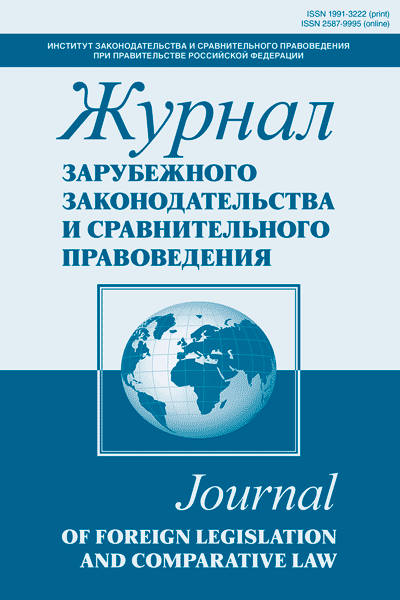Russian Federation
Russian Library and Bibliographic Classification 67
In the article the constitutional arrangements of territorial structure of India are discussed in the context of ethnic, linguistic and religious fragmentation of Indian society. The author highlights the three main approaches to territorial structurization of a plural multiethnic state: federalism, territorial autonomy, and creation of territories with special constitutional regime and reveals the mechanism of each of them on the example of India. Pluralism in approaches to territorial organization of India is stipulated by complex and extremely mosaic ethnic and cultural structure of population of the state. Federalism is applied in India mainly for accommodation of concentrated linguistic groups. Now federalism is also applied for reducing militant separatism in the Indian North-East. At the same time, federalism aims at integration of different ethnic groups into a common political and legal space. Accommodation of a range of tribes in the North-East is achieved through territorial autonomy as well. But tribal peoples living in the central part of India don’t enjoy autonomy. The lands occupied by them have a special constitutional regime (so-called “scheduled territories”) instead. It is emphasized that the choice of a certain solution for an ethnic group is often “situational” and depends on a degree of separatism. From the author’s opinion sometimes territorial solutions are implemented as compromises between the Indian government and political leaders of ethnic separatist movements. Also the article briefly describes ethnic, linguistic, and religious diversity of Indian society and its territorial fragmentation. It contains examples connected with creation of Indian States such as Tamil Nadu, Punjab and Nagaland. The information and conclusions in the article rely on materials gathered by the author during the research trip to India in summer 2016.
territorial structure of state, ethnic diversity, federalism, territorial autonomy, ethnic separatism, India.
No data
1. No data.





